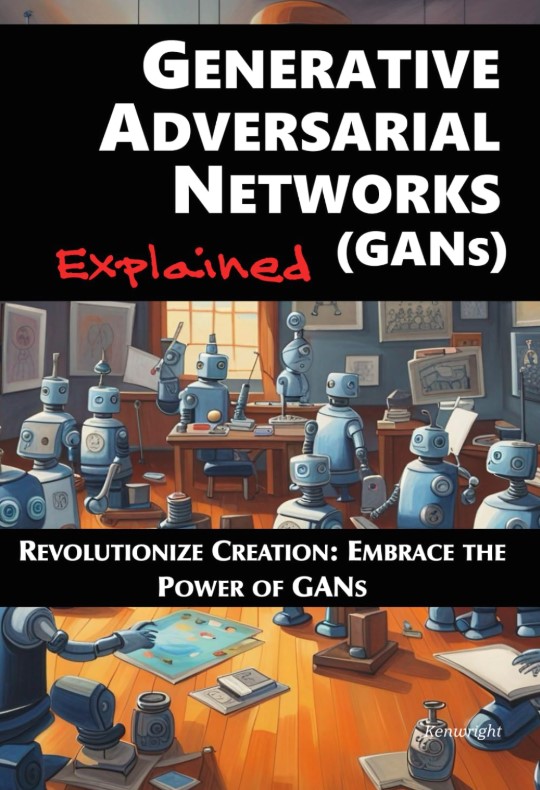
Generative Adversarial Networks (GANs) Explained
An refreshing journey into visualization, "Generative Adversarial Networks (GANs) Explained" explores its profound influence on the digital frontier. With clarity and enthusiasm, this essential read delivers fresh perspectives and actionable insights that inspire curiosity and spark meaningful progress.



Sarah Johnson
Professional ReviewerI was impressed by how seamlessly the book connected theory with practice. It felt like a roadmap I didn’t know I needed.
December 11, 2025